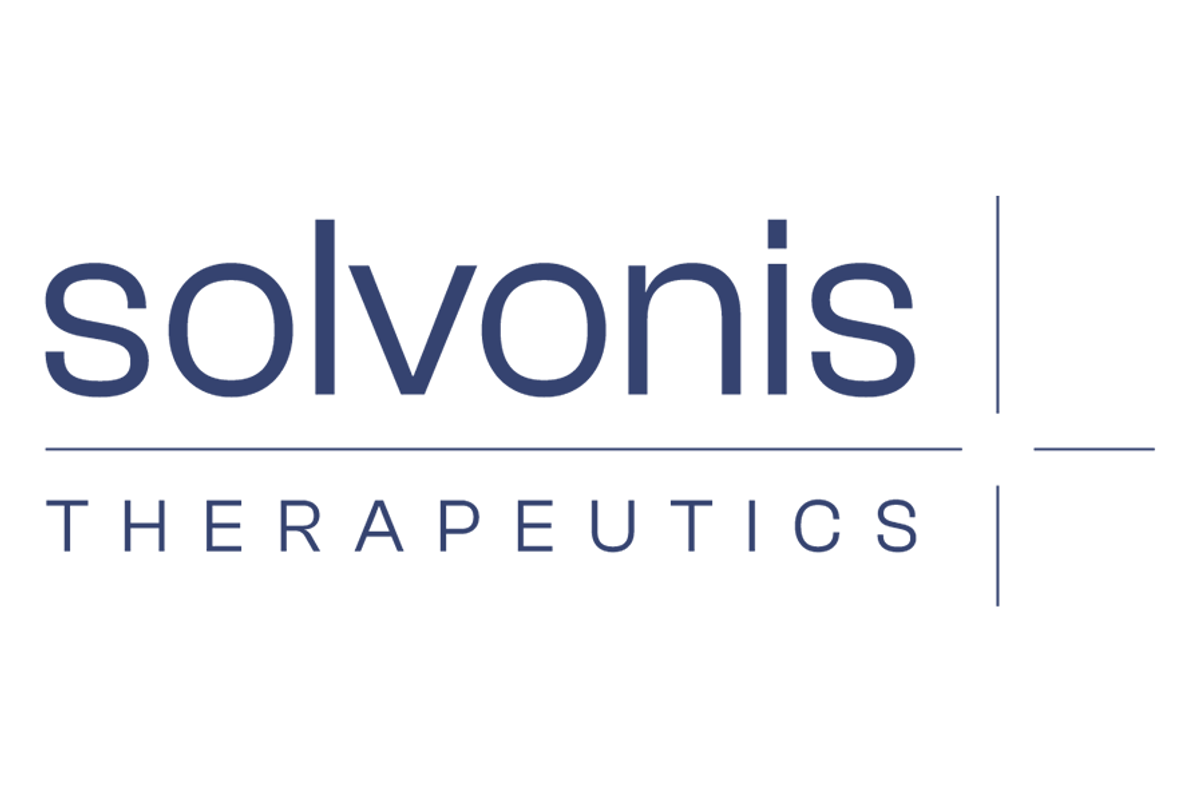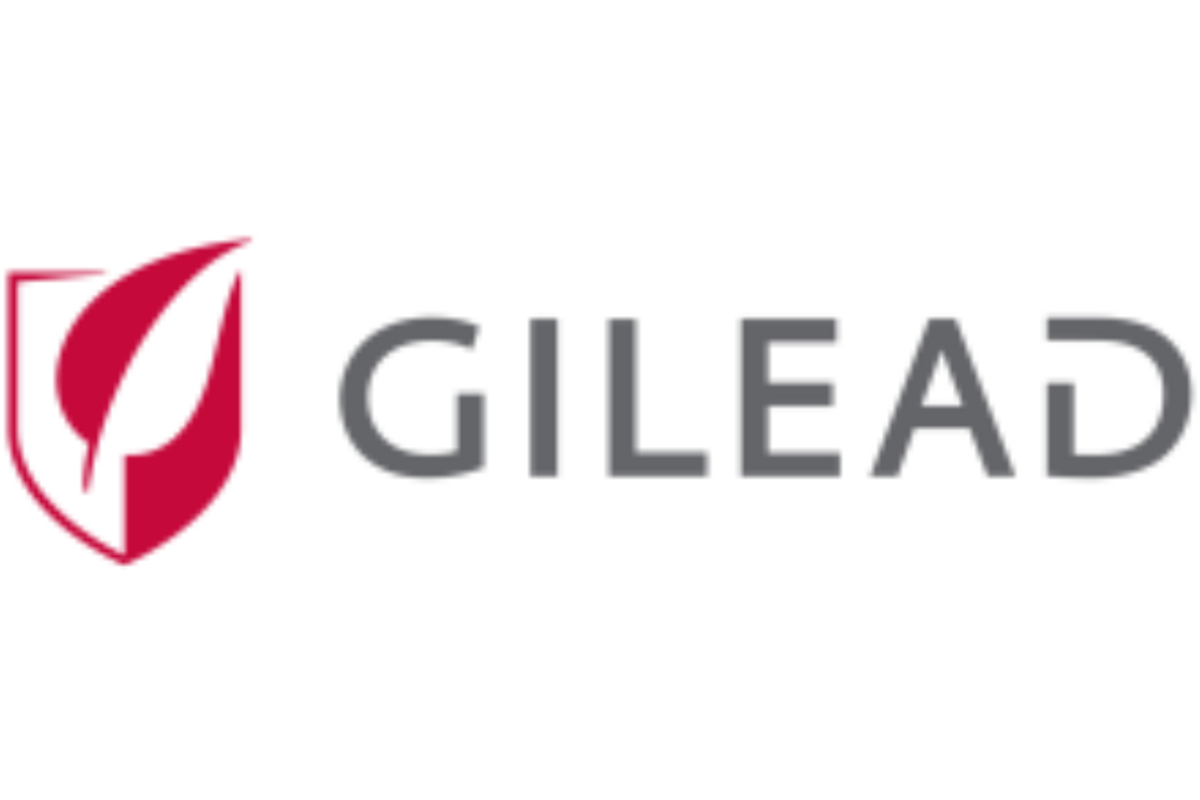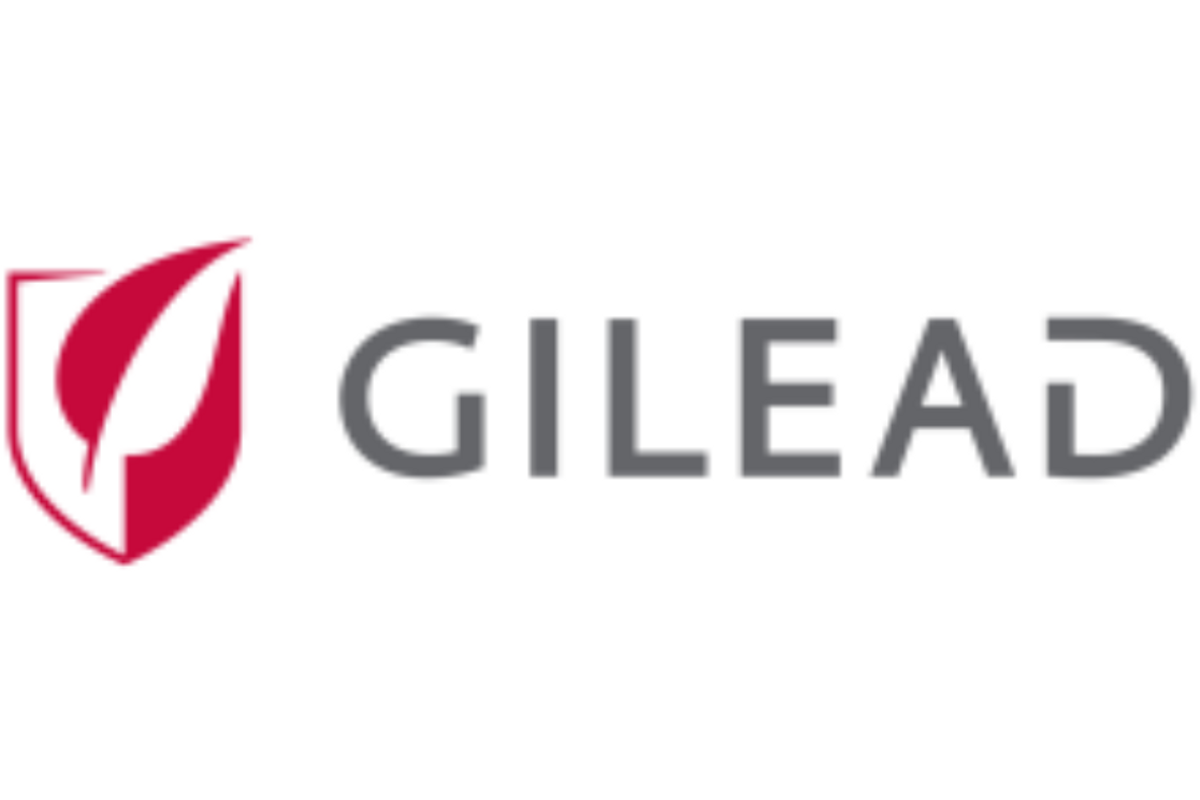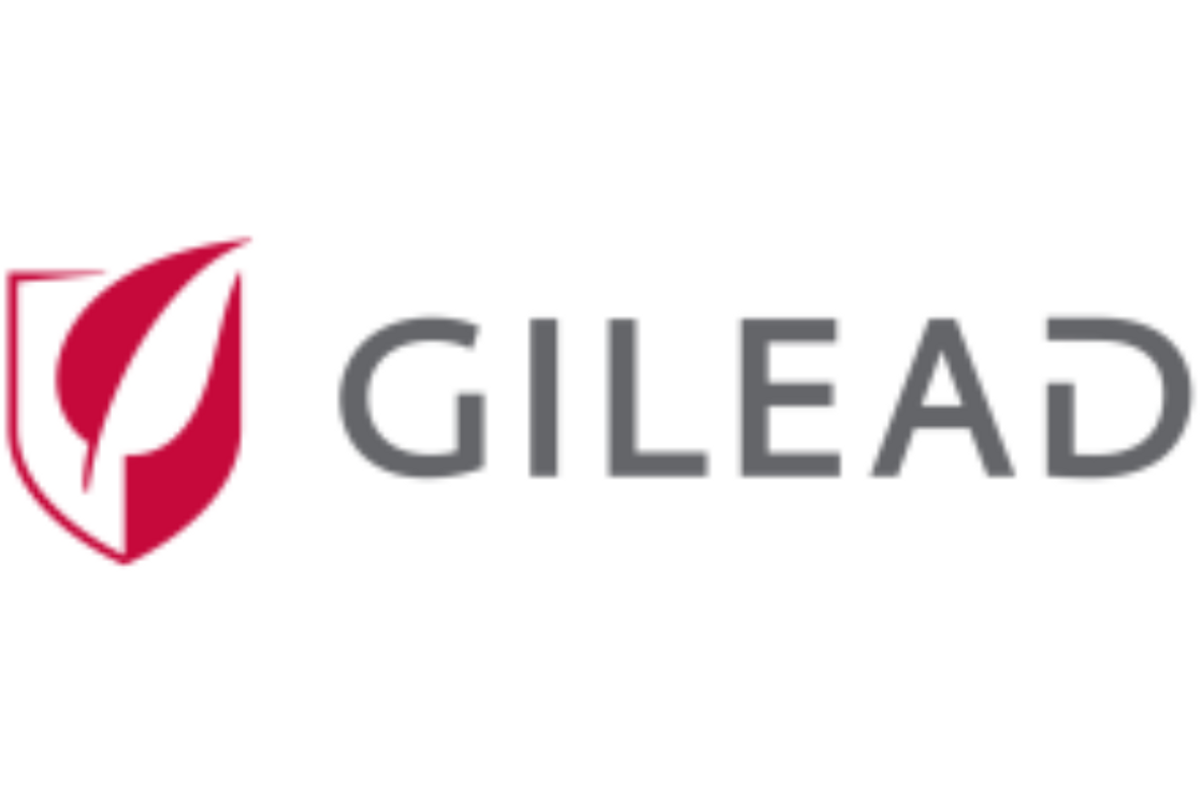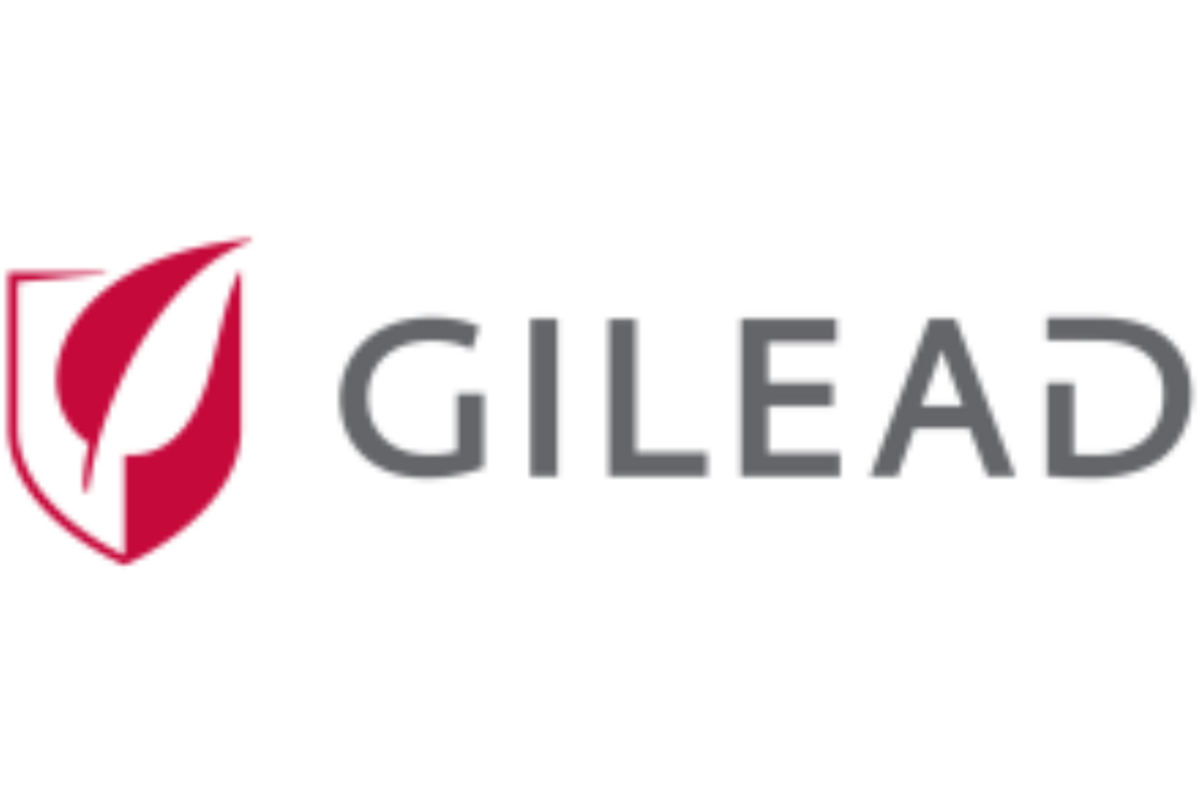-- Largest Analysis Examining Use of CAR T-cell Therapy Across Race and Ethnicity --
-- Black or African American Patients Experienced Longer Time from Diagnosis to Infusion Compared to White Patients, Possibly Impacting Overall and Complete Response Rates; More Study Warranted --
-- Clinical Trials of Yescarta in the U.S. and Real-World Use from CIBMTR Registry Show Consistent Participation of Approximately 5% Black or African American Patients --
Kite, a Gilead Company (Nasdaq: GILD), today announced findings from a safety and efficacy retrospective analysis by race and ethnicity from the ongoing post-authorization study of Yescarta ® (axicabtagene ciloleucel) in adult patients with relapsed or refractory large B-cell lymphoma (LBCL). In the largest real-world analysis of its kind evaluating data from the CIBMTR ® (Center for International Blood and Marrow Transplant Research ® ), overall outcomes including overall survival (OS) and progression-free survival (PFS) rates were consistent with Yescarta in the real-world setting, regardless of race and ethnicity. The findings were presented today in an oral session during the 2022 American Society of Clinical Oncology (ASCO) Annual Meeting (Abstract #7571).
The incidence of diffuse LBCL in the U.S. is 4.8 per 100,000 per year in non-Hispanic Black or African Americans and 7.1 per 100,000 per year in non-Hispanic Whites. Clinical trials of Yescarta in the U.S. have enrolled an average of 6% Black or African American patients, consistent with the roughly 5% of patients in the real-world CIBMTR registry.* Further research is ongoing to investigate whether or not there is under-representation by race and ethnicity in both clinical trials and the real-world usage of CAR T-cell therapy.
"The investigation of CAR T-cell therapy outcomes by race and ethnicity is important to the continued understanding of the impact of these innovative therapies, and an area in which there is a significant deficit in clinical trials and real-world studies published to date," said Frederick L. Locke, MD, lead author and Co-Leader of the Immuno-Oncology Program at Moffitt Cancer Center, Tampa, Florida. "The results of this analysis are encouraging in that axi-cel was safe and effective regardless of race or ethnicity, and also warrant further investigation to understand the lower rate of response among Black or African American patients and the potential role of factors such as higher disease burden, disease biology and, importantly, differential access to care."
A total of 1,389 adult patients with LBCL treated with Yescarta in the commercial setting in the U.S. from October 2017 to August 2020 were included in the analysis. Race and ethnicity (Hispanic or Latino vs. not Hispanic or Latino) were self-reported and included: White (81%); Black or African American (5%); Asian (6%); American Indian or Alaska Native
At a median follow-up of 12.7 months, outcomes for objective response rate (ORR), complete response (CR), duration of response (DOR) at 6 months, PFS at 12 months, and OS were as follows:
|
| Black or | Asian | White | Hispanic |
| Objective response rate (ORR) | 57% | 67% | 74% | 73% |
| Complete response (CR) | 45% | 53% | 57% | 55% |
| Duration of response (DOR; 6-month) | 66% | 81% | 70% | 71% |
| PFS at 12 months | 36% | 55% | 48% | 50% |
| OS at 12 months | 62% | 65% | 63% | 65% |
Multivariable analyses found no statistical differences in OS and PFS across races. Efficacy outcomes across patients who were Hispanic or Latino and not Hispanic or Latino were also consistent. Among Black or African American patients, ORR and CR were lower compared to White patients [(Odds Ratio (OR) 0.40; 95% Confidence Interval [CI], 0.24–0.69) and (OR 0.55; 95% CI 0.32–0.93), respectively]. Black or African American patients, compared to White patients, were more likely to have moderate to severe pulmonary impairment (41% vs. 28%) and tended to have a longer time from diagnosis to infusion of Yescarta (≥12 months: 71% vs. 59%). DOR rates among Asian patients were more favorable compared to both White patients (Hazard Ratio (HR) 0.46; 95% CI 0.24–0.87) and Black or African American patients (HR 0.39; 95% CI 0.17–0.88). No differences in cytokine release syndrome (CRS; any grade) and Grade ≥3 CRS by race and ethnicity were observed. Asian patients (OR 0.52; 95% CI 0.29–0.96 vs. White) and Hispanic or Latino patients (OR 0.51; 95% CI 0.31–0.85 vs. not Hispanic or Latino) experienced a lower risk of Grade ≥3 ICANS (ASTCT consensus grade).
"As the global leader in CAR T-cell therapy, it is important to Kite that we support research to help better understand outcomes of CAR T-cell therapy across different races and ethnicities," said Frank Neumann, MD, PhD, SVP & Global Head of Clinical Development, Kite. "Through ongoing data generation, increasing diversity in Kite's clinical trials, and partnerships with patient advocacy organizations and community partners to reduce barriers to care, we are actively working to increase our understanding of CAR T-cell therapy in diverse populations and treatment settings."
Yescarta was the first CAR T-cell therapy to be approved by the U.S. Food and Drug Administration (FDA) for the treatment of adult patients with relapsed or refractory LBCL after two or more lines of systemic therapy. Yescarta was also approved by the FDA in April 2022 as the first CAR T-cell therapy for adult patients with LBCL that is refractory to first-line chemoimmunotherapy or that relapses within 12 months of first-line chemoimmunotherapy. The Yescarta U.S. Prescribing Information has a BOXED WARNING for the risks of CRS and neurologic toxicities, and Yescarta is approved with a Risk Evaluation and Mitigation Strategy (REMS) due to these risks; see below for Important Safety Information.
*Average is based on combined enrollment in ZUMA-1 and ZUMA-7 trials. Terminology for self-reporting of race has changed during the time period of these trials.
About LBCL
Globally, LBCL is the most common type of non-Hodgkin lymphoma (NHL). In the United States, more than 18,000 people are diagnosed with LBCL each year. The incidence of diffuse LBCL per 100,000 people per year in the U.S. is 4.8 in non-Hispanic Black or African American, 7.1 in non-Hispanic White, 6.8 in Hispanic or Latino, and 5.9 in Asian/Pacific Islander populations, respectively.
About Yescarta
Please see full Prescribing Information , including BOXED WARNING and Medication Guide.
YESCARTA is a CD19-directed genetically modified autologous T cell immunotherapy indicated for the treatment of:
- Adult patients with large B-cell lymphoma that is refractory to first-line chemoimmunotherapy or that relapses within 12 months of first-line chemoimmunotherapy.
- Adult patients with relapsed or refractory large B-cell lymphoma after two or more lines of systemic therapy, including diffuse large B-cell lymphoma (DLBCL) not otherwise specified, primary mediastinal large B-cell lymphoma, high-grade B-cell lymphoma, and DLBCL arising from follicular lymphoma.
Limitations of Use : YESCARTA is not indicated for the treatment of patients with primary central nervous system lymphoma.
- Adult patients with relapsed or refractory follicular lymphoma (FL) after two or more lines of systemic therapy. This indication is approved under accelerated approval based on the response rate. Continued approval for this indication may be contingent upon verification and description of clinical benefit in the confirmatory trial(s).
U.S. IMPORTANT SAFETY INFORMATION
BOXED WARNING: CYTOKINE RELEASE SYNDROME AND NEUROLOGIC TOXICITIES
- Cytokine Release Syndrome (CRS), including fatal or life-threatening reactions, occurred in patients receiving YESCARTA. Do not administer YESCARTA to patients with active infection or inflammatory disorders. Treat severe or life-threatening CRS with tocilizumab or tocilizumab and corticosteroids.
- Neurologic toxicities, including fatal or life-threatening reactions, occurred in patients receiving YESCARTA, including concurrently with CRS or after CRS resolution. Monitor for neurologic toxicities after treatment with YESCARTA. Provide supportive care and/or corticosteroids as needed.
- YESCARTA is available only through a restricted program under a Risk Evaluation and Mitigation Strategy (REMS) called the YESCARTA and TECARTUS REMS Program.
CYTOKINE RELEASE SYNDROME (CRS)
CRS, including fatal or life-threatening reactions, occurred. CRS occurred in 90% (379/422) of patients with non-Hodgkin lymphoma (NHL), including ≥ Grade 3 in 9%. CRS occurred in 93% (256/276) of patients with large B-cell lymphoma (LBCL), including ≥ Grade 3 in 9%. Among patients with LBCL who died after receiving YESCARTA, 4 had ongoing CRS events at the time of death. For patients with LBCL in ZUMA-1, the median time to onset of CRS was 2 days following infusion (range: 1-12 days) and the median duration was 7 days (range: 2-58 days). For patients with LBCL in ZUMA-7, the median time to onset of CRS was 3 days following infusion (range: 1-10 days) and the median duration was 7 days (range: 2-43 days). CRS occurred in 84% (123/146) of patients with indolent non-Hodgkin lymphoma (iNHL) in ZUMA-5, including ≥ Grade 3 in 8%. Among patients with iNHL who died after receiving YESCARTA, 1 patient had an ongoing CRS event at the time of death. The median time to onset of CRS was 4 days (range: 1-20 days) and the median duration was 6 days (range: 1-27 days) for patients with iNHL.
Key manifestations of CRS (≥ 10%) in all patients combined included fever (85%), hypotension (40%), tachycardia (32%), chills (22%), hypoxia (20%), headache (15%), and fatigue (12%). Serious events that may be associated with CRS include cardiac arrhythmias (including atrial fibrillation and ventricular tachycardia), renal insufficiency, cardiac failure, respiratory failure, cardiac arrest, capillary leak syndrome, multi-organ failure, and hemophagocytic lymphohistiocytosis/macrophage activation syndrome.
The impact of tocilizumab and/or corticosteroids on the incidence and severity of CRS was assessed in 2 subsequent cohorts of LBCL patients in ZUMA-1. Among patients who received tocilizumab and/or corticosteroids for ongoing Grade 1 events, CRS occurred in 93% (38/41), including 2% (1/41) with Grade 3 CRS; no patients experienced a Grade 4 or 5 event. The median time to onset of CRS was 2 days (range: 1-8 days) and the median duration of CRS was 7 days (range: 2-16 days). Prophylactic treatment with corticosteroids was administered to a cohort of 39 patients for 3 days beginning on the day of infusion of YESCARTA. Thirty-one of the 39 patients (79%) developed CRS and were managed with tocilizumab and/or therapeutic doses of corticosteroids with no patients developing ≥ Grade 3 CRS. The median time to onset of CRS was 5 days (range: 1-15 days) and the median duration of CRS was 4 days (range: 1-10 days). Although there is no known mechanistic explanation, consider the risk and benefits of prophylactic corticosteroids in the context of pre-existing comorbidities for the individual patient and the potential for the risk of Grade 4 and prolonged neurologic toxicities.
Ensure that 2 doses of tocilizumab are available prior to YESCARTA infusion. Monitor patients for signs and symptoms of CRS at least daily for 7 days at the certified healthcare facility, and for 4 weeks thereafter. Counsel patients to seek immediate medical attention should signs or symptoms of CRS occur at any time. At the first sign of CRS, institute treatment with supportive care, tocilizumab, or tocilizumab and corticosteroids as indicated.
NEUROLOGIC TOXICITIES
Neurologic toxicities (including immune effector cell-associated neurotoxicity syndrome) that were fatal or life-threatening occurred. Neurologic toxicities occurred in 78% (330/422) of all patients with NHL receiving YESCARTA, including ≥ Grade 3 in 25%. Neurologic toxicities occurred in 87% (94/108) of patients with LBCL in ZUMA-1, including ≥ Grade 3 in 31% and in 74% (124/168) of patients in ZUMA-7 including ≥ Grade 3 in 25%. The median time to onset was 4 days (range: 1-43 days) and the median duration was 17 days for patients with LBCL in ZUMA-1. The median time to onset for neurologic toxicity was 5 days (range: 1-133 days) and the median duration was 15 days in patients with LBCL in ZUMA-7. Neurologic toxicities occurred in 77% (112/146) of patients with iNHL, including ≥ Grade 3 in 21%. The median time to onset was 6 days (range: 1-79 days) and the median duration was 16 days. Ninety-eight percent of all neurologic toxicities in patients with LBCL and 99% of all neurologic toxicities in patients with iNHL occurred within the first 8 weeks of YESCARTA infusion. Neurologic toxicities occurred within the first 7 days of infusion for 87% of affected patients with LBCL and 74% of affected patients with iNHL.
The most common neurologic toxicities (≥ 10%) in all patients combined included encephalopathy (50%), headache (43%), tremor (29%), dizziness (21%), aphasia (17%), delirium (15%), and insomnia (10%). Prolonged encephalopathy lasting up to 173 days was noted. Serious events, including aphasia, leukoencephalopathy, dysarthria, lethargy, and seizures occurred. Fatal and serious cases of cerebral edema and encephalopathy, including late-onset encephalopathy, have occurred.
The impact of tocilizumab and/or corticosteroids on the incidence and severity of neurologic toxicities was assessed in 2 subsequent cohorts of LBCL patients in ZUMA-1. Among patients who received corticosteroids at the onset of Grade 1 toxicities, neurologic toxicities occurred in 78% (32/41), and 20% (8/41) had Grade 3 neurologic toxicities; no patients experienced a Grade 4 or 5 event. The median time to onset of neurologic toxicities was 6 days (range: 1-93 days) with a median duration of 8 days (range: 1-144 days). Prophylactic treatment with corticosteroids was administered to a cohort of 39 patients for 3 days beginning on the day of infusion of YESCARTA. Of those patients, 85% (33/39) developed neurologic toxicities, 8% (3/39) developed Grade 3, and 5% (2/39) developed Grade 4 neurologic toxicities. The median time to onset of neurologic toxicities was 6 days (range: 1-274 days) with a median duration of 12 days (range: 1-107 days). Prophylactic corticosteroids for management of CRS and neurologic toxicities may result in a higher grade of neurologic toxicities or prolongation of neurologic toxicities, delay the onset of and decrease the duration of CRS.
Monitor patients for signs and symptoms of neurologic toxicities at least daily for 7 days at the certified healthcare facility, and for 4 weeks thereafter, and treat promptly.
REMS
Because of the risk of CRS and neurologic toxicities, YESCARTA is available only through a restricted program called the YESCARTA and TECARTUS REMS Program which requires that: Healthcare facilities that dispense and administer YESCARTA must be enrolled and comply with the REMS requirements and must have on-site, immediate access to a minimum of 2 doses of tocilizumab for each patient for infusion within 2 hours after YESCARTA infusion, if needed for treatment of CRS. Certified healthcare facilities must ensure that healthcare providers who prescribe, dispense, or administer YESCARTA are trained in the management of CRS and neurologic toxicities. Further information is available at www.YescartaTecartusREMS.com or 1-844-454-KITE (5483).
HYPERSENSITIVITY REACTIONS
Allergic reactions, including serious hypersensitivity reactions or anaphylaxis, may occur with the infusion of YESCARTA.
SERIOUS INFECTIONS
Severe or life-threatening infections occurred. Infections (all grades) occurred in 45% of patients with NHL; ≥ Grade 3 infections occurred in 17% of patients, including ≥ Grade 3 infections with an unspecified pathogen in 12%, bacterial infections in 5%, viral infections in 3%, and fungal infections in 1%. YESCARTA should not be administered to patients with clinically significant active systemic infections. Monitor patients for signs and symptoms of infection before and after infusion and treat appropriately. Administer prophylactic antimicrobials according to local guidelines.
Febrile neutropenia was observed in 36% of all patients with NHL and may be concurrent with CRS. In the event of febrile neutropenia, evaluate for infection and manage with broad-spectrum antibiotics, fluids, and other supportive care as medically indicated.
In immunosuppressed patients, including those who have received YESCARTA, life-threatening and fatal opportunistic infections including disseminated fungal infections (e.g., candida sepsis and aspergillus infections) and viral reactivation (e.g., human herpes virus-6 [HHV-6] encephalitis and JC virus progressive multifocal leukoencephalopathy [PML]) have been reported. The possibility of HHV-6 encephalitis and PML should be considered in immunosuppressed patients with neurologic events and appropriate diagnostic evaluations should be performed.
Hepatitis B virus (HBV) reactivation, in some cases resulting in fulminant hepatitis, hepatic failure, and death, can occur in patients treated with drugs directed against B cells, including YESCARTA. Perform screening for HBV, HCV, and HIV in accordance with clinical guidelines before collection of cells for manufacturing.
PROLONGED CYTOPENIAS
Patients may exhibit cytopenias for several weeks following lymphodepleting chemotherapy and YESCARTA infusion. ≥ Grade 3 cytopenias not resolved by Day 30 following YESCARTA infusion occurred in 39% of all patients with NHL and included neutropenia (33%), thrombocytopenia (13%), and anemia (8%). Monitor blood counts after infusion.
HYPOGAMMAGLOBULINEMIA
B-cell aplasia and hypogammaglobulinemia can occur. Hypogammaglobulinemia was reported as an adverse reaction in 14% of all patients with NHL. Monitor immunoglobulin levels after treatment and manage using infection precautions, antibiotic prophylaxis, and immunoglobulin replacement. The safety of immunization with live viral vaccines during or following YESCARTA treatment has not been studied. Vaccination with live virus vaccines is not recommended for at least 6 weeks prior to the start of lymphodepleting chemotherapy, during YESCARTA treatment, and until immune recovery following treatment.
SECONDARY MALIGNANCIES
Secondary malignancies may develop. Monitor life-long for secondary malignancies. In the event that one occurs, contact Kite at 1-844-454-KITE (5483) to obtain instructions on patient samples to collect for testing.
EFFECTS ON ABILITY TO DRIVE AND USE MACHINES
Due to the potential for neurologic events, including altered mental status or seizures, patients are at risk for altered or decreased consciousness or coordination in the 8 weeks following YESCARTA infusion. Advise patients to refrain from driving and engaging in hazardous occupations or activities, such as operating heavy or potentially dangerous machinery, during this initial period.
ADVERSE REACTIONS
The most common non-laboratory adverse reactions (incidence ≥ 20%) in patients with LBCL in ZUMA-7 included fever, CRS, fatigue, hypotension, encephalopathy, tachycardia, diarrhea, headache, musculoskeletal pain, nausea, febrile neutropenia, chills, cough, infection with an unspecified pathogen, dizziness, tremor, decreased appetite, edema, hypoxia, abdominal pain, aphasia, constipation, and vomiting.
The most common adverse reactions (incidence ≥ 20%) in patients with LBCL in ZUMA-1 included CRS, fever, hypotension, encephalopathy, tachycardia, fatigue, headache, decreased appetite, chills, diarrhea, febrile neutropenia, infections with an unspecified, nausea, hypoxia, tremor, cough, vomiting, dizziness, constipation, and cardiac arrhythmias.
The most common non-laboratory adverse reactions (incidence ≥ 20%) in patients with iNHL in ZUMA-5 included fever, CRS, hypotension, encephalopathy, fatigue, headache, infections with an unspecified, tachycardia, febrile neutropenia, musculoskeletal pain, nausea, tremor, chills, diarrhea, constipation, decreased appetite, cough, vomiting, hypoxia, arrhythmia, and dizziness.
About Kite
Kite, a Gilead Company, is a global biopharmaceutical company based in Santa Monica, California, with manufacturing operations in North America and Europe. Kite's singular focus is cell therapy to treat and potentially cure cancer. As the cell therapy leader, Kite has more approved CAR T indications to help more patients than any other company. For more information on Kite, please visit www.kitepharma.com .
About Gilead Sciences
Gilead Sciences, Inc. is a biopharmaceutical company that has pursued and achieved breakthroughs in medicine for more than three decades, with the goal of creating a healthier world for all people. The company is committed to advancing innovative medicines to prevent and treat life-threatening diseases, including HIV, viral hepatitis, and cancer. Gilead operates in more than 35 countries worldwide, with headquarters in Foster City, California.
Forward-Looking Statements
This press release includes forward-looking statements within the meaning of the Private Securities Litigation Reform Act of 1995 that are subject to risks, uncertainties and other factors, including the ability of Kite and Gilead to initiate, progress or complete clinical trials within currently anticipated timelines or at all, and the possibility of unfavorable results from ongoing or additional clinical trials, including those involving Yescarta; the risk that physicians and patients may not see the potential benefits of Yescarta; and any assumptions underlying any of the foregoing. These and other risks, uncertainties and other factors are described in detail in Gilead's Quarterly Report on Form 10-Q for the quarter ended March 31, 2022, as filed with the U.S. Securities and Exchange Commission. These risks, uncertainties and other factors could cause actual results to differ materially from those referred to in the forward-looking statements. All statements other than statements of historical fact are statements that could be deemed forward-looking statements. The reader is cautioned that any such forward-looking statements are not guarantees of future performance and involve risks and uncertainties, and is cautioned not to place undue reliance on these forward-looking statements. All forward-looking statements are based on information currently available to Kite and Gilead, and Kite and Gilead assume no obligation and disclaim any intent to update any such forward-looking statements.
U.S. Prescribing Information for Yescarta including BOXED WARNING , is available at www.kitepharma.com and www.gilead.com .
Kite, the Kite logo, Yescarta, Tecartus, XLP and GILEAD are trademarks of Gilead Sciences, Inc. or its related companies.
For more information on Kite, please visit the company's website at www.kitepharma.com . Follow Kite on social media on Twitter ( @KitePharma ) and LinkedIn .
View source version on businesswire.com: https://www.businesswire.com/news/home/20220603005447/en/
Jacquie Ross, Investors
investor_relations@gilead.com
Anna Padula, Media
apadula@kitepharma.com
